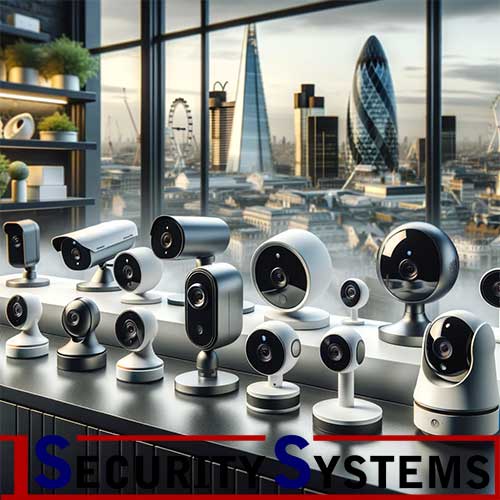IP CCTV Systems: Revolutionizing Surveillance for the Modern Age
Introduction
CCTV (Closed Circuit Television) systems have been a staple in security and surveillance for decades. However, as the world transitioned from analogue to digital, so too did the realm of surveillance. IP (Internet Protocol) CCTV systems are now leading the way in modern security solutions. But what makes them stand out? Let’s dive in.
- What is an IP CCTV System? An IP CCTV system involves surveillance cameras that use the Internet Protocol (IP) to transmit video footage over a network, as opposed to traditional CCTV cameras that transmit footage using an analogue signal. The captured footage can be streamed directly to a computer or network-attached storage device, eliminating the need for separate DVRs or other recording devices.
- Advantages of IP CCTV Systems
- High-Resolution Footage: One of the standout features of IP cameras is their ability to produce high-definition video. Cameras can range from 2MP to 20MP or even higher, giving users crisp and clear images.
- Scalability: IP systems are highly scalable. Unlike traditional analogue systems were adding a camera often means adding more cabling and infrastructure, with IP systems, adding a camera is often as simple as connecting it to the network.
- Flexibility: Cameras can be placed anywhere there’s a network connection. This makes installation much more flexible, especially in large premises.
- Remote Access: Users can remotely access live or recorded footage from anywhere with an internet connection, using devices like smartphones, tablets, or computers.
- Enhanced Analytics: IP cameras often come with advanced software capabilities, such as motion detection, facial recognition, and license plate reading.
- Integration with Other Systems IP CCTV systems can integrate seamlessly with other digital systems and devices. For example, they can be paired with access control systems, intruder alarms, or even building management systems. This makes it easier for businesses and homeowners to have a centralized security solution.
- Cost Considerations While IP CCTV systems might have a higher initial investment than their analogue counterparts, they offer cost savings in the long run. Digital storage solutions are becoming cheaper, and the scalability of IP systems means businesses can expand their surveillance network without significant infrastructure costs. Plus, the enhanced features and improved resolution mean fewer cameras might be needed to cover the same area.
- Things to Consider When Implementing IP CCTV Systems
- Network Infrastructure: Ensuring a robust network is crucial, as it will carry the video footage. Consider bandwidth requirements and any potential network upgrades.
- Data Security: IP cameras, like any other connected device, are susceptible to cyber threats. Regular firmware updates, strong passwords, and a secure network can help mitigate these risks.
- Storage Solutions: Depending on the resolution and the number of cameras, storage requirements can be significant. It’s essential to plan for both immediate and future storage needs.
Conclusion
IP CCTV systems are revolutionizing the world of surveillance, offering unparalleled flexibility, scalability, and video quality. While there are considerations and costs to keep in mind, the benefits they provide make them a compelling choice for those looking to upgrade or implement a new security solution. As technology continues to evolve, it’s clear that IP-based systems are setting the standard for modern surveillance.
CALL US: 020 3479 4007
Talk directly with the installer and get your service fully completed within a day!





